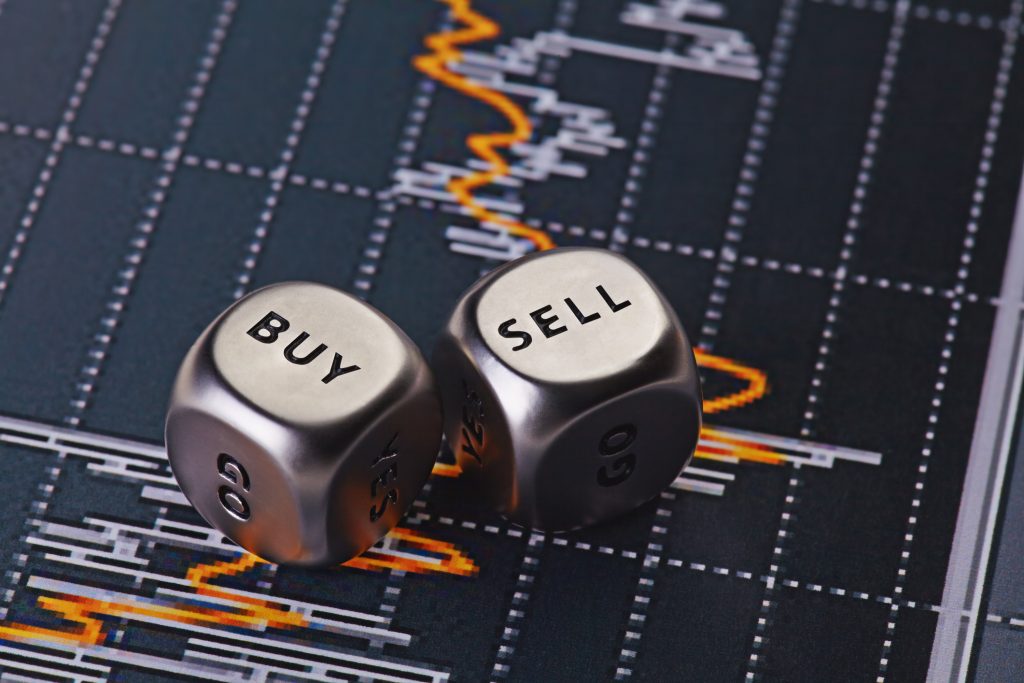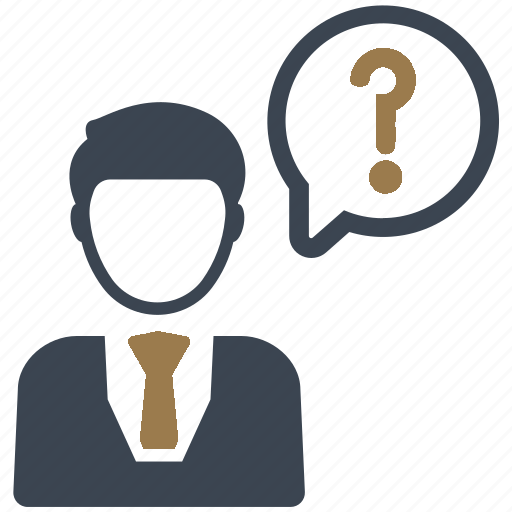You have probably heard of people making money on the foreign currency exchange market. They invest small amounts and reap significant returns. If you are like many people, you may be wondering whether you can start trading and make money in forex. The answer is yes. Anyone can learn a forex trading strategy, open a forex account, and start buying and selling currency. However, before you rush off to open your trading account, it pays to understand how the forex market works and how forex traders make money. This article covers three primary areas in forex trading: what it is, standard terms, and how to get started.

Explaining Buying and Selling Currency
The foreign currency exchange or forex market is a massive network of retail and wholesale forex traders, each trying to benefit from the market’s various movements. Within the forex market, there are currency pairs. Each pair is made up of a base currency and quote currency. Some examples are EUR/USD and JPY/USD. When trading a currency pair, a trader buys a currency pair hoping that it will either go up or down, depending on whether they are long or short.
To access the forex market, you need a trading account, which is provided by forex brokers. With a trading account, you can open either a demo account, which has simulated money, or a live account, which you must fund. While currency trading can be lucrative, losing money is extremely easy, as explained in the leverage section below. With the basics out of the way, what is the difference between passive investing and active trading?
Passive Investing vs. Active Trading
Some foreign currency exchange traders approach forex as a passive longer-term investment like commodities and futures, which are governed by the commodity futures trading commission (CFTC). While this is an option, such traders hardly make the returns that active traders make. Active traders, also called day traders, usually open and close positions within one or a few days. Their primary objective is to capitalize on the volatility (changes) currency pairs have throughout the day. If you want to make money as a forex trader, you must learn how to day trade rather than become a passive investor.
Foreign Exchange Trading Terms to Familiarize Yourself With
Forex trading has several essential terms that outline how the system works. Here, we describe the top four terms:
Forex Quote
Forex currencies are always quoted as pairs like EUR/USD, GBP/USD, or CAD/USD. They are quoted this way because each foreign currency exchange transaction is a simultaneous buy and sell of each respective currency in the pair. In the pair, the currency to the left is the base currency, while the one to the right is the quote currency.
Long and Short
All orders placed in the forex market are either buy orders or sell orders. If you choose to buy, you hope that the market will go up so you can sell higher than you purchased, a position called going long. In contrast, when you put a sell order, you hope the market will go down so that you can repurchase your currency at a lower price. This is called going short.
Bid, Ask and Spread
Forex quotes are represented as either a bid or an ask. The bid price is the best price you can sell on the market, while the ask (or offer) price is the best price you can buy from the market. The difference between these two prices is called the spread and is set by the broker as a commission for every purchase and sell order.
Leverage and Risk Management
Leverage is the amount of money the broker is willing to “lend” you for each trade. For example, a leverage of 1:200 means the broker will lend you two hundred dollars for every dollar you commit to a trade. Risk management is the practice of limiting leverage and the number of trades plus using stop-loss orders to prevent massive losses.
Creating a Forex Trading Strategy
To make money out of foreign currency exchange, you need a trading strategy. There are standard trading strategies, but in practice, there are probably as many trading strategies as forex traders. That is because no two traders trade precisely the same. However, all traders use the following three building blocks:
Technical Analysis
Technical analysis is the study of price movement. The basic premise here is that historical price movements are predictive of future price movements. Therefore, by studying these cyclic price movements, traders can estimate where the price will go next. It is important to note that this approach is not about predicting price movement but estimating the probability of price movement.
Fundamental Analysis
Fundamental analysis is the study of social, political, and economic data and how it affects price movement. Since these three factors underpin supply and demand, closely monitoring them can tell a trader whether supply or demand forces are in control. Although you do not need a degree in economics or political science to undertake fundamental analysis, you will need to understand how various social, political, and economic drivers influence price movement.
Sentiment Analysis
Sentiment analysis is the study of how other traders are perceiving a currency pair. Are they optimistic about it (bullish) and willing to buy, or pessimistic (bearish) and more predisposed to sell? Sentiment analysis determines whether the bulls are in control or the bears, with each scenario pushing the price one way or the other.
Next Steps
What should you do next to start making some money on buying and selling foreign currency? Here are three next steps to consider:
1. Find a Reputable Broker
Reputable forex brokers are regulated in at least two countries, have adequate staff to handle customer queries, and are well-capitalized to absorb market shocks. You also want to find forex brokers with low spreads and who offer relatively high leverage, especially if you’re going to start with a small sum of money.
2. Choose a Trading Platform
A trading platform is what you will use to connect to the forex market. While there are many options on the market, not all perform at the same level. Download a few versions, test them on your computer and pick the one that performs best and has the features you need most.
3. Practice, Learn, Repeat
Open a demo account and practice your trading strategy. Since you are using simulated money, you can afford to lose money without feeling the pinch. It is best to use a demo account until you establish a system of consecutive successful trades.
4. Open a Live Account
Once you have a successful trading strategy, open a live account, fund it, and start trading. With proper planning and a bit of luck, you will be well on your way to making money out of foreign currency exchange trading.



